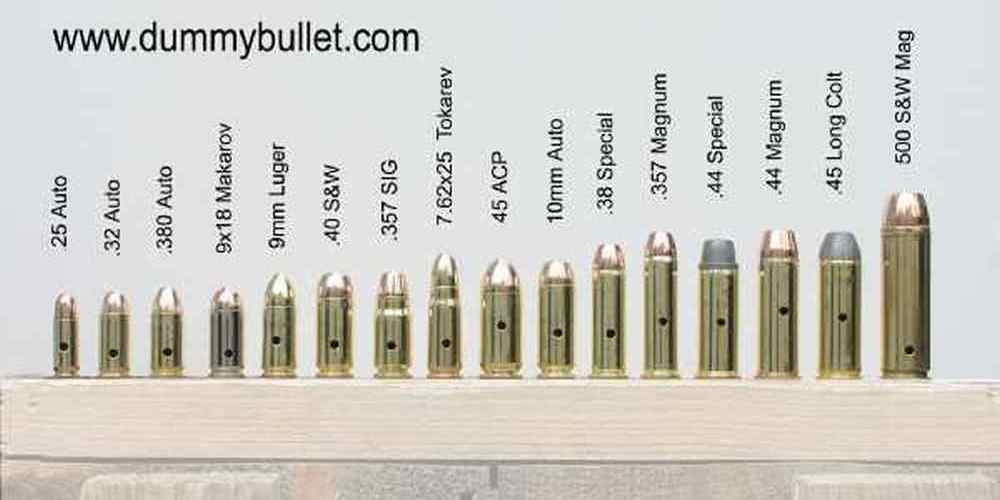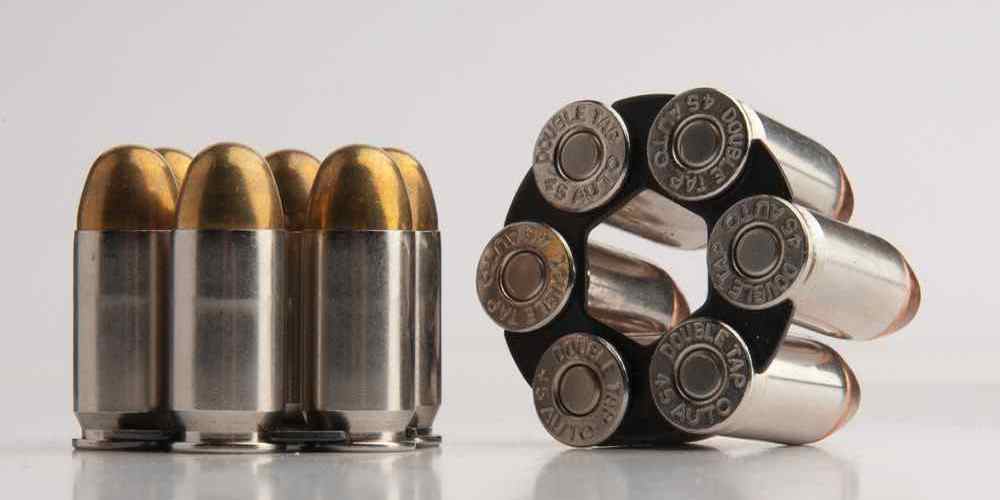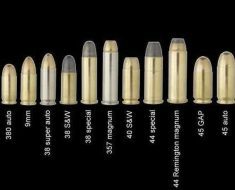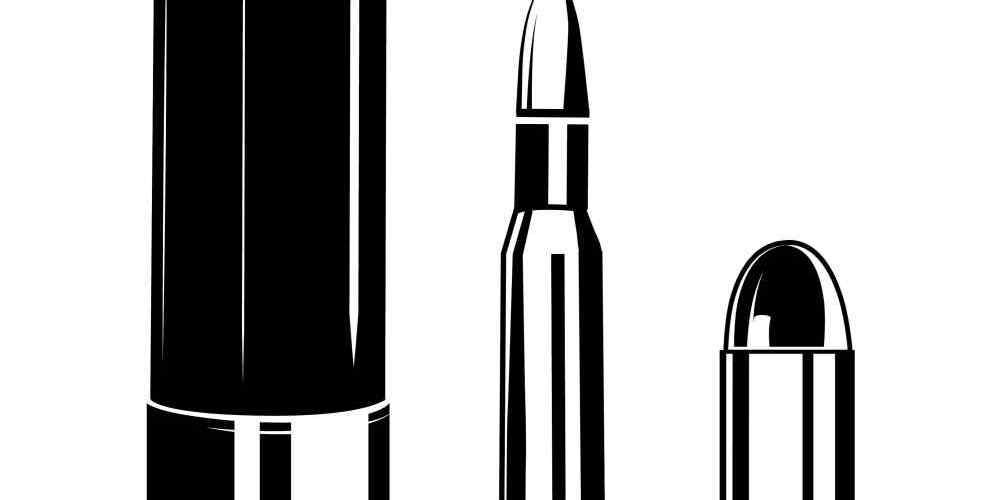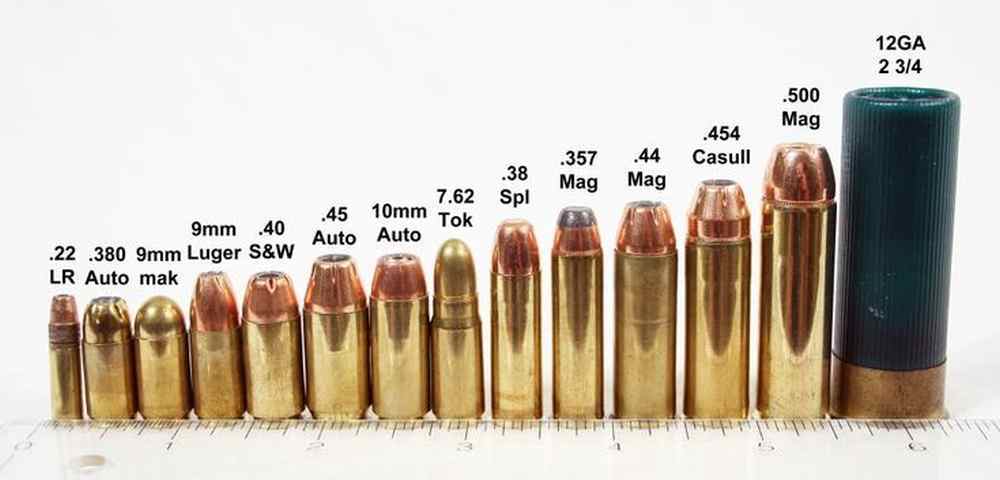“Bringing history back to life, one shot at a time.”
Identifying and Restoring Rare Vintage Revolvers
Vintage revolvers hold a special place in the hearts of gun enthusiasts and collectors alike. These antique firearms not only have historical significance but also boast intricate craftsmanship that is hard to come by in modern guns. However, one of the challenges that come with owning a vintage revolver is finding and making ammunition for it. In this article, we will explore the process of identifying and restoring rare vintage revolvers, as well as how to source or create ammunition for these unique firearms.
When it comes to identifying rare vintage revolvers, it is essential to do thorough research. Many antique firearms have specific markings or serial numbers that can help you determine the make, model, and year of production. Consulting with experts or joining online forums dedicated to vintage firearms can also provide valuable insights into the history and value of your revolver.
Once you have identified your vintage revolver, the next step is restoring it to its former glory. This process may involve cleaning, polishing, and replacing any worn or damaged parts. It is crucial to handle antique firearms with care and seek professional help if you are unsure about the restoration process. Restoring a vintage revolver not only enhances its aesthetic appeal but also ensures its functionality and safety.
After identifying and restoring your rare vintage revolver, the next challenge is finding or making ammunition for it. Many vintage revolvers use obsolete calibers that are no longer in production. In such cases, sourcing ammunition can be a daunting task. However, there are several options available to vintage revolver owners.
One option is to search for specialty ammunition manufacturers that produce custom-made cartridges for antique firearms. These manufacturers often have a wide range of obsolete calibers in stock and can create custom loads tailored to your vintage revolver’s specifications. While this option may be more expensive than buying standard ammunition, it ensures that your vintage revolver remains operational.
Another option is to reload your own ammunition. Reloading involves assembling cartridges using brass casings, primers, powder, and bullets. This process requires specialized equipment and knowledge of reloading techniques. However, reloading can be a cost-effective way to create custom ammunition for your vintage revolver. It also allows you to experiment with different bullet weights and powder charges to achieve optimal performance.
Before reloading ammunition for your vintage revolver, it is essential to consult with experienced reloaders and follow safety guidelines. Improperly loaded cartridges can cause malfunctions or damage to your firearm. It is crucial to use the correct components and follow recommended load data to ensure the safety and reliability of your vintage revolver.
In conclusion, owning a rare vintage revolver comes with its challenges, particularly when it comes to finding and making ammunition. By identifying and restoring your antique firearm, you can preserve its historical value and craftsmanship. Whether you choose to source specialty ammunition or reload your own cartridges, it is essential to prioritize safety and quality. Vintage revolvers are not just firearms; they are pieces of history that deserve to be cherished and maintained for future generations to enjoy.
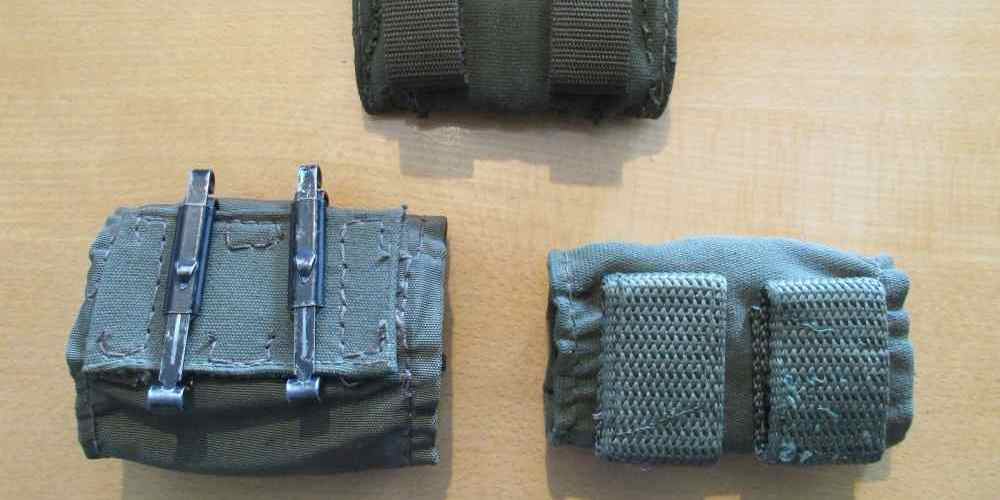
Exploring the History of Antique Revolver Manufacturers
Vintage revolvers hold a special place in the hearts of gun enthusiasts and collectors alike. These antique firearms not only have historical significance but also possess a unique charm that modern guns often lack. One of the challenges that come with owning a vintage revolver is finding or making ammunition that is suitable for these old guns.
When it comes to vintage revolvers, it is essential to understand the history of the manufacturers who produced these firearms. Many well-known companies such as Colt, Smith & Wesson, and Remington were at the forefront of revolver production during the 19th and early 20th centuries. These manufacturers produced a wide range of revolvers, from single-action army models to double-action pocket pistols.
Colt, in particular, was a pioneer in the field of revolver manufacturing. The company’s founder, Samuel Colt, revolutionized the industry with his patented revolving cylinder design. Colt revolvers were known for their reliability and durability, making them a popular choice among soldiers, law enforcement officers, and civilians alike.
Smith & Wesson, another prominent manufacturer, was known for its innovative designs and high-quality craftsmanship. The company’s Model 1 revolver, introduced in 1857, was the first commercially successful cartridge-firing handgun. Smith & Wesson revolvers were prized for their accuracy and ease of use, making them a favorite among shooters of the time.
Remington, a company with a long history in firearms manufacturing, also produced a variety of revolvers during the 19th century. Remington revolvers were known for their rugged construction and smooth operation, making them a reliable choice for shooters in the Old West.
With the rich history of vintage revolver manufacturers in mind, it is important to consider the type of ammunition that these old guns require. Many vintage revolvers were designed to fire black powder cartridges, which were common during the 19th century. These cartridges were typically loaded with a lead bullet and black powder, making them relatively simple to produce.
Finding black powder cartridges for vintage revolvers can be a challenge, as they are not as readily available as modern ammunition. However, there are companies that specialize in producing custom ammunition for antique firearms. These companies can create custom black powder cartridges that are tailored to fit specific vintage revolver models, ensuring a proper fit and reliable performance.
For those who are interested in making their own ammunition for vintage revolvers, there are resources available to help guide them through the process. Books, online forums, and instructional videos can provide valuable information on reloading black powder cartridges and ensuring safe and accurate performance.
In conclusion, vintage revolvers are a fascinating piece of history that deserve to be preserved and enjoyed by future generations. Understanding the history of antique revolver manufacturers and the type of ammunition they require is essential for collectors and enthusiasts alike. Whether you are looking to find custom ammunition for your vintage revolver or interested in making your own, there are resources available to help you navigate the world of antique firearms. Vintage revolvers are not just relics of the past – they are living pieces of history that can still be enjoyed and appreciated today.
Tips for Collecting and Displaying Vintage Revolvers
Vintage revolvers are a popular choice for collectors and enthusiasts alike. These antique firearms hold a special charm and historical significance that modern guns simply cannot replicate. However, one of the challenges that come with owning a vintage revolver is finding and making ammunition for these old guns.
When it comes to vintage revolvers, ammunition can be a bit tricky to come by. Many of these firearms were made in the 19th and early 20th centuries, and the cartridges they used may no longer be in production. This means that collectors may have to get creative when it comes to finding or making ammunition for their vintage revolvers.
One option for finding ammunition for vintage revolvers is to look for specialty stores or online retailers that cater to collectors of antique firearms. These stores may carry a selection of vintage ammunition that is compatible with your revolver. However, this can be a costly option, as vintage ammunition can be quite expensive.
Another option is to try your hand at making your own ammunition for your vintage revolver. This can be a rewarding and cost-effective way to keep your antique firearm in working order. To do this, you will need to invest in some basic reloading equipment, such as a reloading press, dies, and powder scales. You will also need to purchase the components for your ammunition, such as brass casings, bullets, and primers.
Before you start reloading ammunition for your vintage revolver, it is important to do your research and make sure you are using the correct specifications for your firearm. Using the wrong type of ammunition can be dangerous and can damage your revolver. Make sure to consult with experts or do thorough research before attempting to reload ammunition for your vintage revolver.
When reloading ammunition for vintage revolvers, it is important to take your time and pay attention to detail. Follow the instructions carefully and double-check your work to ensure that your ammunition is safe to use. It may take some trial and error to get the hang of reloading, but with practice, you will become more proficient at making ammunition for your vintage revolver.
In addition to finding or making ammunition for your vintage revolver, it is also important to properly care for and maintain your antique firearm. Vintage revolvers require special attention and care to keep them in good working condition. Make sure to clean and oil your revolver regularly to prevent rust and corrosion. Store your vintage revolver in a cool, dry place to protect it from damage.
Displaying your vintage revolver can be a great way to showcase its beauty and historical significance. Consider investing in a display case or stand to show off your antique firearm. You can also create a display with other vintage firearms or related memorabilia to create a cohesive and visually appealing collection.
In conclusion, finding and making ammunition for vintage revolvers can be a challenging but rewarding endeavor. By taking the time to research and learn about your antique firearm, you can ensure that it remains in good working condition for years to come. Whether you choose to find specialty ammunition or try your hand at reloading, caring for your vintage revolver is a labor of love that will pay off in the long run.
Comparing Different Types of Vintage Revolvers
Vintage revolvers are a popular choice among gun enthusiasts and collectors alike. These antique firearms have a unique charm and history that make them highly sought after. However, finding and making ammunition for vintage revolvers can be a challenge. In this article, we will explore the different types of vintage revolvers and discuss the various options available for ammunition.
One of the most popular types of vintage revolvers is the Colt Single Action Army, also known as the “Peacemaker.” This iconic revolver was first introduced in 1873 and quickly became a favorite among cowboys and lawmen of the American West. The Colt Single Action Army is chambered in .45 Colt, a powerful cartridge that is still in use today.
Another popular vintage revolver is the Smith & Wesson Model 29, made famous by Clint Eastwood in the “Dirty Harry” movies. This revolver is chambered in .44 Magnum, a high-powered cartridge that is known for its stopping power. The Model 29 is a favorite among collectors and enthusiasts for its classic design and rugged durability.
For those looking for a more affordable option, the Nagant M1895 revolver is a great choice. This Russian revolver was first introduced in 1895 and is chambered in 7.62x38mmR, a unique cartridge that is difficult to find. However, with a little bit of searching, ammunition for the Nagant M1895 can still be found online or at specialty gun shops.
When it comes to making ammunition for vintage revolvers, there are a few options available. One option is to reload your own ammunition using a reloading press. This allows you to customize your ammunition to suit your specific needs and preferences. However, reloading ammunition can be time-consuming and requires a certain level of skill and knowledge.
Another option is to purchase factory-made ammunition from a reputable manufacturer. Many companies produce ammunition specifically for vintage revolvers, ensuring that you get high-quality cartridges that are safe to use in your firearm. It is important to always use the correct caliber and type of ammunition for your revolver to prevent damage to the firearm and ensure safe shooting.
In conclusion, vintage revolvers are a popular choice among gun enthusiasts and collectors for their unique charm and history. Finding and making ammunition for antique firearms can be a challenge, but with a little bit of research and effort, it is possible to enjoy shooting these classic firearms. Whether you prefer the classic design of the Colt Single Action Army, the power of the Smith & Wesson Model 29, or the affordability of the Nagant M1895, there is a vintage revolver out there for everyone. Just remember to always use the correct caliber and type of ammunition for your firearm to ensure safe shooting and preserve the integrity of these historic firearms.
The Legalities of Owning and Selling Antique Firearms
Vintage revolvers hold a special place in the hearts of many gun enthusiasts. These antique firearms not only have historical significance but also offer a unique shooting experience that modern guns simply can’t replicate. However, one of the challenges of owning and shooting vintage revolvers is finding and making ammunition for these old guns.
When it comes to vintage revolvers, the legalities of owning and selling these antique firearms can be a bit tricky. In the United States, antique firearms are generally defined as guns manufactured before 1899 that are not designed to use fixed ammunition. These guns are considered antiques and are not subject to the same regulations as modern firearms.
However, it’s important to note that the laws surrounding antique firearms can vary from state to state, so it’s crucial to familiarize yourself with the specific regulations in your area. In some states, antique firearms may still be subject to certain restrictions, so it’s always best to do your research before buying or selling an antique revolver.
When it comes to selling antique firearms, it’s important to follow the proper legal procedures. In most cases, you will need to transfer the gun through a licensed dealer or obtain the necessary permits to sell the firearm legally. Failure to comply with these regulations can result in serious legal consequences, so it’s always best to err on the side of caution when dealing with antique firearms.
In addition to the legalities of owning and selling antique firearms, another challenge that vintage revolver enthusiasts face is finding and making ammunition for these old guns. Many vintage revolvers were designed to use obsolete calibers that are no longer in production, making it difficult to find ammunition for these guns.
One option for vintage revolver owners is to purchase custom-made ammunition from specialty manufacturers. These companies can create custom ammunition tailored to the specific needs of your vintage revolver, ensuring that you have the right caliber and load for your gun. While custom ammunition can be more expensive than off-the-shelf options, it’s often the best way to ensure that your vintage revolver performs at its best.
Another option for vintage revolver owners is to reload their own ammunition. Reloading is the process of assembling your own ammunition using brass casings, bullets, powder, and primers. This allows you to create custom loads for your vintage revolver, tailoring the performance of the ammunition to suit your specific needs.
Reloading can be a cost-effective way to create ammunition for your vintage revolver, but it does require some specialized equipment and knowledge. Before attempting to reload your own ammunition, it’s important to educate yourself on the proper techniques and safety precautions involved in the reloading process.
In conclusion, owning and shooting vintage revolvers can be a rewarding experience for gun enthusiasts. However, it’s important to be aware of the legalities surrounding antique firearms and to ensure that you are following the proper procedures when buying or selling these guns. Additionally, finding and making ammunition for vintage revolvers can be a challenge, but with the right knowledge and resources, you can enjoy shooting your antique firearms for years to come.




